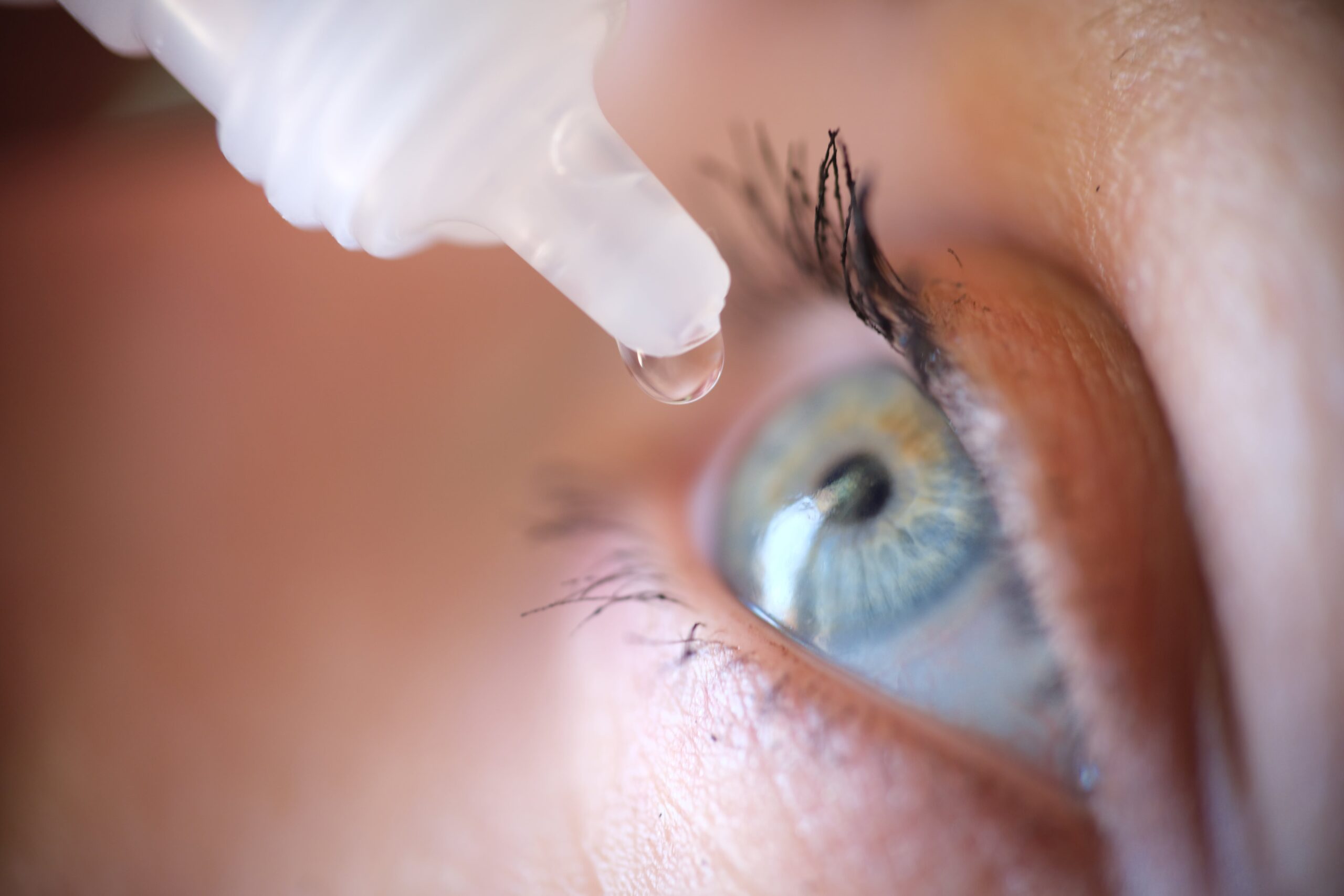
Health News
Features
-
Mommy makeover
Regaining your shape after baby After the excitement of birthing a baby, women face an inevitable reality: the post partum belly. It takes time for the body to readjust, but there are ways to hasten weight loss and regain your figure more quickly. The good news is some of it comes naturally. Instead of lifting…
-
Exercise on the brain
How to keep your mind in shape You’ve heard the expression “use it or lose it.” The advice is especially pertinent for adults in their 40s and beyond. That’s because our brains begin to shrink at that age, points out Dr. Herminio Cuervo, a Lakeland neurologist and Polk County Medical Association member. “It’s just like…
-
Prevention and treatment for stretch marks
Are you spinning your wheels over striae? Ahhh, stretch marks. Those dreaded angry red, purple or pink squiggles that typically show up over hip bones, on thighs and underarms, or across bellies, breasts and bottoms. When you’re pregnant, you’re more susceptible because of inevitable weight gain. So what’s a gal to do? Unfortunately, there’s no…
Columns
-
Understanding Abdominal Aortic Aneurysm
An aneurysm is a weakening or dilatation in a part of an artery. About 15,000 people die of ruptured abdominal aortic aneurysm (AAA) every year in the U.S. About 200,000 new cases of AAA are diagnosed every year. Most of these are diagnosed by tests that are done for unrelated reasons. The aorta is the…
-
A Guide to Over-the-Counter Artificial Tears for Dry Eye
by Chelsea Hollier, O.D. Dry eye disease, also known as Keratoconjunctivitis Sicca, is a prevalent condition characterized by insufficient tear production (aqueous deficient dry eye) or poor tear quality (evaporative dry eye). It affects millions worldwide, leading to discomfort and irritation. Fortunately, over-the-counter (OTC) artificial tears provide relief and aid in managing symptoms. Dry eye…
-
3 Options for Thoracic Aortic Aneurysm Management
In the previous two columns, I discussed aneurysms that occur in the aorta situated in the chest cavity. In this article, I will explain the various types of treatment options available for those thoracic aortic aneurysms. In general, outcomes favor endovascular repair over open repair as open repair is associated with higher rates of morbidity…


